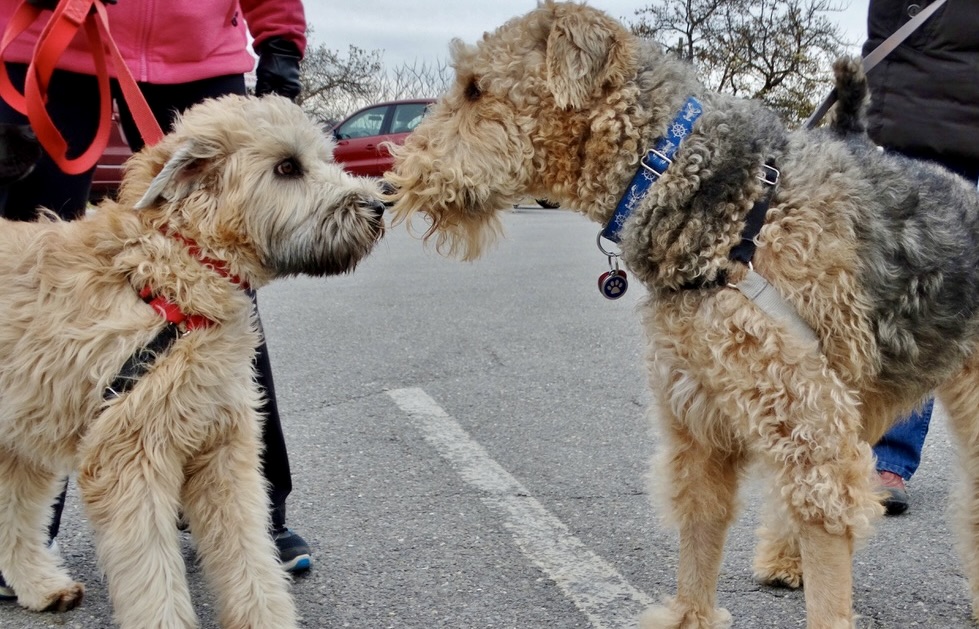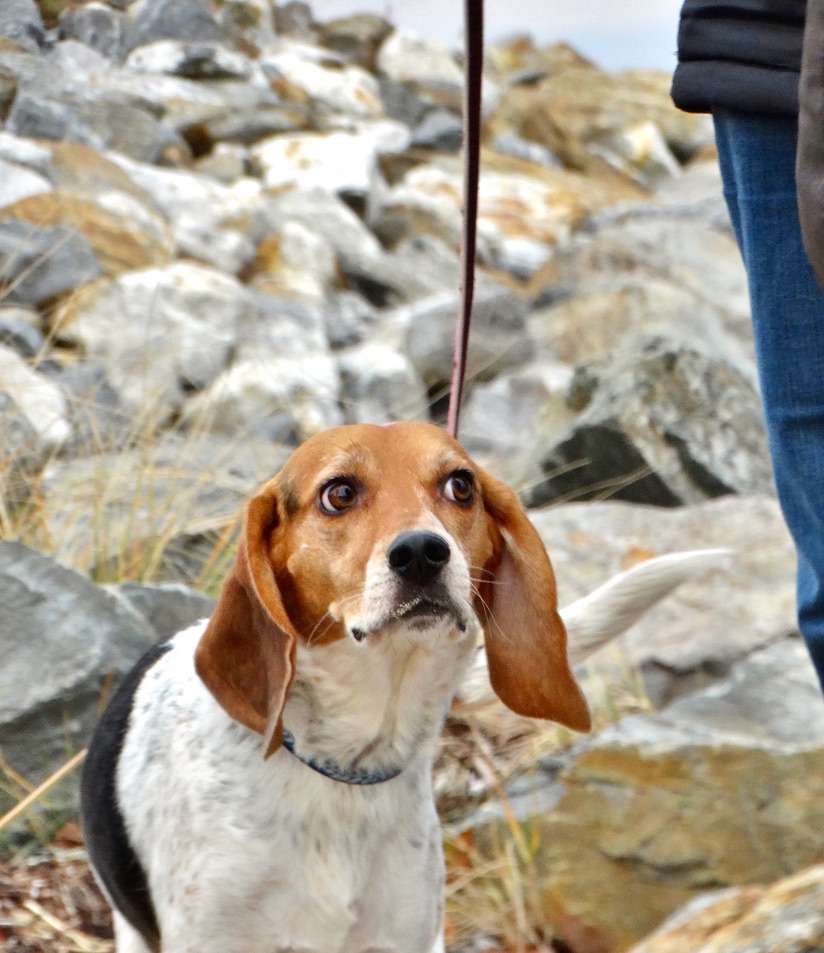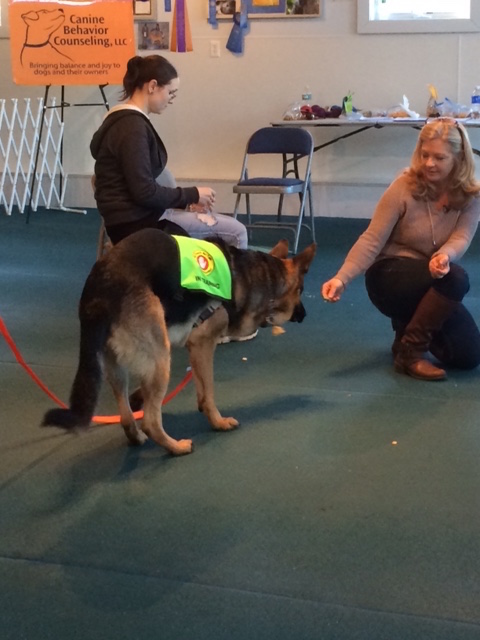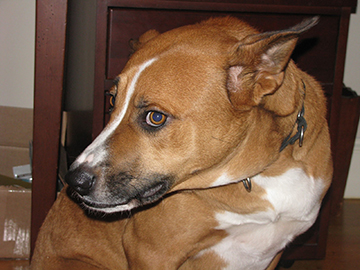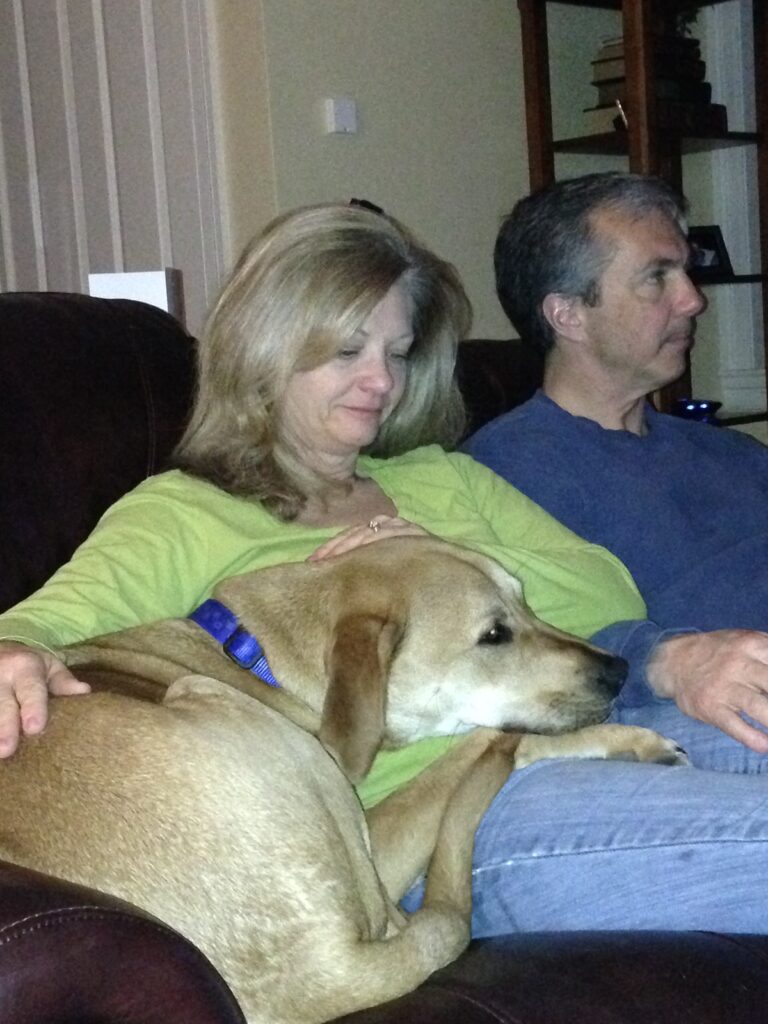Traditional Dog-to-Dog Socialization Can Do More Harm Than Good
The Socialization Myth What if the very thing you’ve been told to do to help your dog—traditional dog-to-dog socialization—was actually making your dog defensive or reactive? Dog parks, daycare, and pack walks are often sold as the gold standard for raising a well-adjusted pup. But the reality is far more complicated, and, for many dogs, […]
Traditional Dog-to-Dog Socialization Can Do More Harm Than Good Read More »


